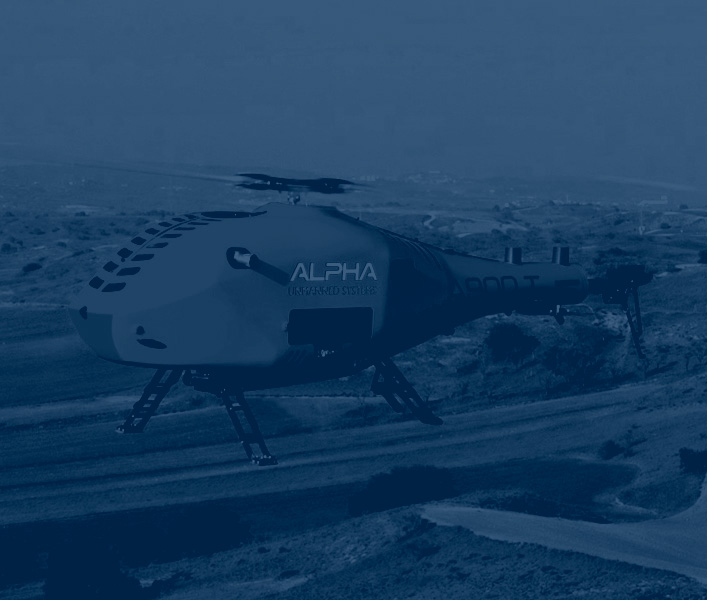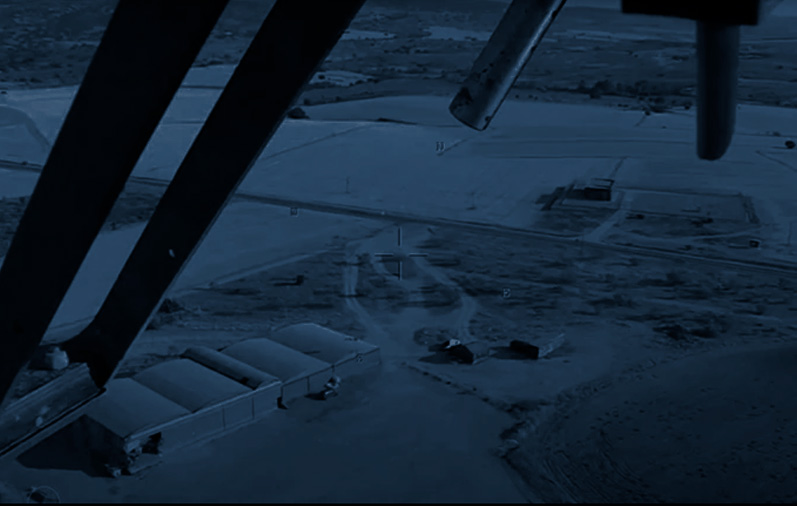The A900 unmanned helicopters are already operating in Greece!
The company has already commissioned the UAVs and trained the Navy’s officials on the new system. Moreover, it has supplied the helicopters to Kotroni and commissioned them to be ready for operational implementation. They might not be as glamorous as an FDI HN or a corvette, but the Alpha 900 UAV helicopters finally bring 21st century features and capabilities to the Navy, providing it with unique features that were not available to the Navy until now.
So, what is the A900? In what operational scenarios are they used, how do they help the PN and what is the Greek Navy’s role in the programme?
The Greek company ALTUS LSA signed an agreement with the Navy to supply and install unmanned helicopters on the fleet’s ships. As announced, the agreement contemplates the supply of five A900 UAVs for maritime surveillance tasks, which were designed and manufactured by Alpha Unmanned Systems in Spain. The UAVs will be hosted on the frigates and it is expected for them to be operational very soon.
Features of the A900:
– Unmanned takeoff and landing on sailing ships
– 4 hours of flight with no stopovers
– Operational range: 50 km
– Altitude: up to 10,000 feet
– Speed: 58 km/h
– Payload of up to 4 kg (many different storage spaces available)
– Built-in 150W generator to power the electronic equipment assemblies
– Navigation with no need to use GPS systems
– Auto-rotation and floating capacity
– Built in compliance with the NATO’s manufacturing specifications (STANAG)
In addition to supplying UAVs, the Greek company ALTUS participated in the programme as follows:
– Providing training to the PN’s and CAA’s executives on the type of UAV, operation and system maintenance.
– Completing the integration of the warship’s most relevant systems.
– Providing support and maintenance.
All in all, A900 is not a MQ-8C Fire Scout and it must not be confused with large UAV helicopters. However, it has nothing to do with the smallest drones, since this type of UAV has been specially designed to carry out very specific tasks. It does not carry Hellfire missiles or sonobuoys, but it has a very important role: it can send images to a warship’s captain from a distance.
The earth is not flat, whether we like it or not (although the Turks managed to convince the most credulous about this during the discussions on S-400). This is why captains can only see what is happening in sea up to a certain distance. It is from this point onwards that they must launch a UAV helicopter to check the situation.
The situation will greatly improve with the use of MQ-9B Sea Guardian, and, evidently, with the use of other PA or PN aircraft. However, frigates, in particular, the oldest Kortenaer-class frigates that do not use Link 16, will experience major tactical situational awareness problems. No one knows what is hidden behind an island or rocky islet. In addition, from a distance, it is hard to tell whether a ship is on its own or if there is a missile launcher or other warships behind it.
This is why we often see a tree and forget about the forest around it. We can discuss whether Harpoon has a 100 or 200 km range, MM40 has a 300 km range or whether we need SCALP Naval or not. And we complain about the fact that SPIKE NLOS does not have enough features, while we mention the short range problems of Penguin Mk2 Mod7. All of above, believing that the accuracy will be controlled by the TPC or frigate commander from the bridge during battle. Because surface radars cannot aim at naval targets beyond the horizon line.
Evidently, manned helicopters can be used, as well as observation posts. Some believe that communications will be easy to establish and experience no issues, and that they will not be affected by electronic warfare. And that helicopters will be capable of flying with no obstacles or that a precious S-70B or MH-60R can takeoff and easily perform surveillance and reconnaissance missions in any scenario. Clearly, there are many interesting and effective UAV models, but the Navy wanted to choose a model that would not be affected by the operations of its other aircraft from ships and Alpha 900 can perform these hard tasks with no form of interference on other operations carried out around it.






















